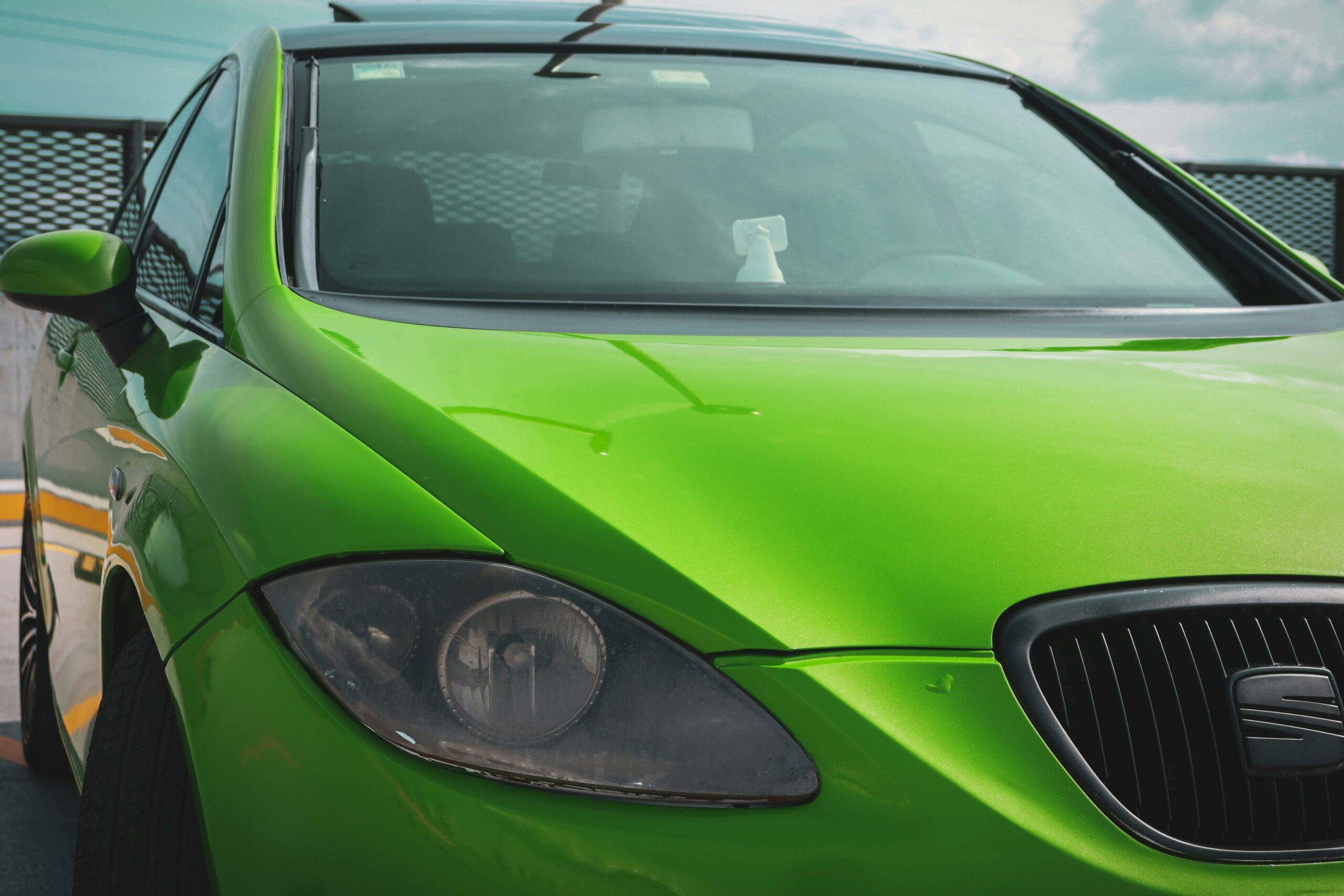The electric vehicle (EV) market experienced another exciting year of growth in 2023. Following a 62% increase in electric car sales in 2022 compared to 2021, IDTechEx predicts a 16% increase in global sales for 2023. However, growth was somewhat constrained during the year due to the performance of plug-in hybrids (PHEVs) in Europe, particularly in the first half of 2023, partly attributed to subsidy reductions in Germany. Nevertheless, many agree that EVs represent the future of the automotive industry, particularly for passenger cars.
With EVs representing a US$3.5 trillion revenue opportunity by 2044, according to IDTechEx forecasts, it is unsurprising that the additive manufacturing (AM) industry is building excitement for this application area. After all, capturing even a fraction of the electric vehicle manufacturing supply chain would yield considerable revenue and growth for the AM industry. However, this begs the question: given 3D printing’s unique benefits, what are its true opportunities for electric vehicle production? And where will AM face the most difficulties? These questions are discussed on an application-by-application basis in IDTechEx’s new report, “3D Printing and Additive Manufacturing 2024-2034: Technology and Market Outlook“, which combines IDTechEx’s unique expertise in 3D printing and electric vehicles. This article takes a higher-level look at those opportunities and barriers facing AM for EV production.
AM players see opportunities for AM in EV production:
As discussed in many interviews with key printer manufacturers and materials suppliers in additive manufacturing, there are several opportunities for AM to provide value to EV manufacturing supply chains, such as:
- Lightweighting: AM can assist with the lightweighting of parts, which can extend an EV’s driving range and/or create room for other components (i.e., larger batteries).
- Simplification of manufacturing: AM could allow for large assemblies to be consolidated into fewer parts, potentially allowing for a simplified supply chain and cost reductions.
- Improving speed to market: AM assists in reducing design cycle times by cutting production times and costs for prototyping and tooling. With vehicle design cycles shortening, AM could assist in bringing EVs to market faster through the production of prototypes (both aesthetic and functional) and tooling (for cutting, stamping, forming, molding, casting).
- Changes in legacy automotive supply chains: As legacy parts are switched out for EV-specific ones (i.e., batteries, electric motors, cooling components, etc.), automotive manufacturers will be creating new supply chains to accommodate these new parts. This may leave room for AM to take up market share, especially if manufacturers are more willing to consider alternative technologies as they adjust their supply chains.
- Flexibility in emerging EV players: The EV market has numerous startups that are more willing to consider alternative production technologies like AM compared to legacy automotive players, creating a new potential customer base for AM. These startups may be more interested in digital supply chain dynamics than legacy players with long-standing supply chains. Also, they could benefit from AM’s flexibility to avoid needing to establish an economy of scale to bring their product to market.
The barriers facing 3D printing’s application in electric vehicles
However, as noted by key end-users, AM faces many challenges in its application in EVs, particularly in its application for production components:
- High cost of AM: Most 3D-printed parts cannot compete price-wise against traditionally machined, cast, or molded parts. Even for parts where AM may improve their performance or weight, if AM results in a more structure (i.e., through topology optimization) that incurs more cost (i.e., through post-processing), then many EV makers would rather keep the part as is. It will be challenging to find applications where the performance benefits of AM justify the cost, especially considering the need to bring the cost of EVs down to increase mass-market adoption.
- Limited materials portfolio and sources: Most AM technologies do not yet process the steel alloys and aluminium alloys commonly used by automotive OEMs. Additionally, the single sources of materials in AM present concerns for supply chain resiliency for OEMs.
- Bias towards established methods and supply chains, especially in major OEMs: There is bias towards traditional machining and molding techniques, especially in bigger OEMs like GM. Additionally, there are long-established supply chains for AM to compete against. With how risk-averse OEMs can be, it is difficult to introduce new manufacturing technologies like AM.
- Production throughput too low for mass-market: AM has lower throughput than established manufacturing processes, making it hard to achieve high-volume production for mass-market EVs.
- Lack of need for performance improvements: For many mass-market parts, current solutions perform well enough, so there is no need for OEMs to adopt AM regardless of AM improving its performance.
- Lack of reliability: With OEMs being quite risk-averse, AM needs to prove its quality and consistency to be used for mass-market EVs.
AM making inroads with electric vehicle production?
Despite these challenges, the AM industry is still seeing progress in its penetration into the electric car market. One of the biggest stories of 2023 in the 3D printing industry was Tesla pushing forward with “gigacasting”, a process of using massive casting machines to make large individual parts for their EVs’ underbodies. A key component of this process involves sand binder jetting to produce casting cores. With other automotive OEMs, like Toyota, now looking at incorporating gigacasting into their own supply chains, this new application represents the future potential for 3D printing to make a meaningful impact on the electric vehicle market.
IDTechEx 3D printing market forecasts
IDTechEx’s latest report, “3D Printing and Additive Manufacturing 2024-2034: Technology and Market Outlook”, carefully segments the market by eighty different forecast lines across seventeen different technology categories, four major material categories, and eight material subcategories. For further information on this market, including 150 interview-based profiles of market leaders and start-ups, technology comparison studies, business model analysis, and granular 10-year market forecasts, please see the IDTechEx report.
Subscribe to AM Chronicle Newsletter to stay connected: https://bit.ly/3fBZ1mP
Follow us on LinkedIn: https://bit.ly/3IjhrFq
Visit for more interesting content on additive manufacturing: https://amchronicle.com


